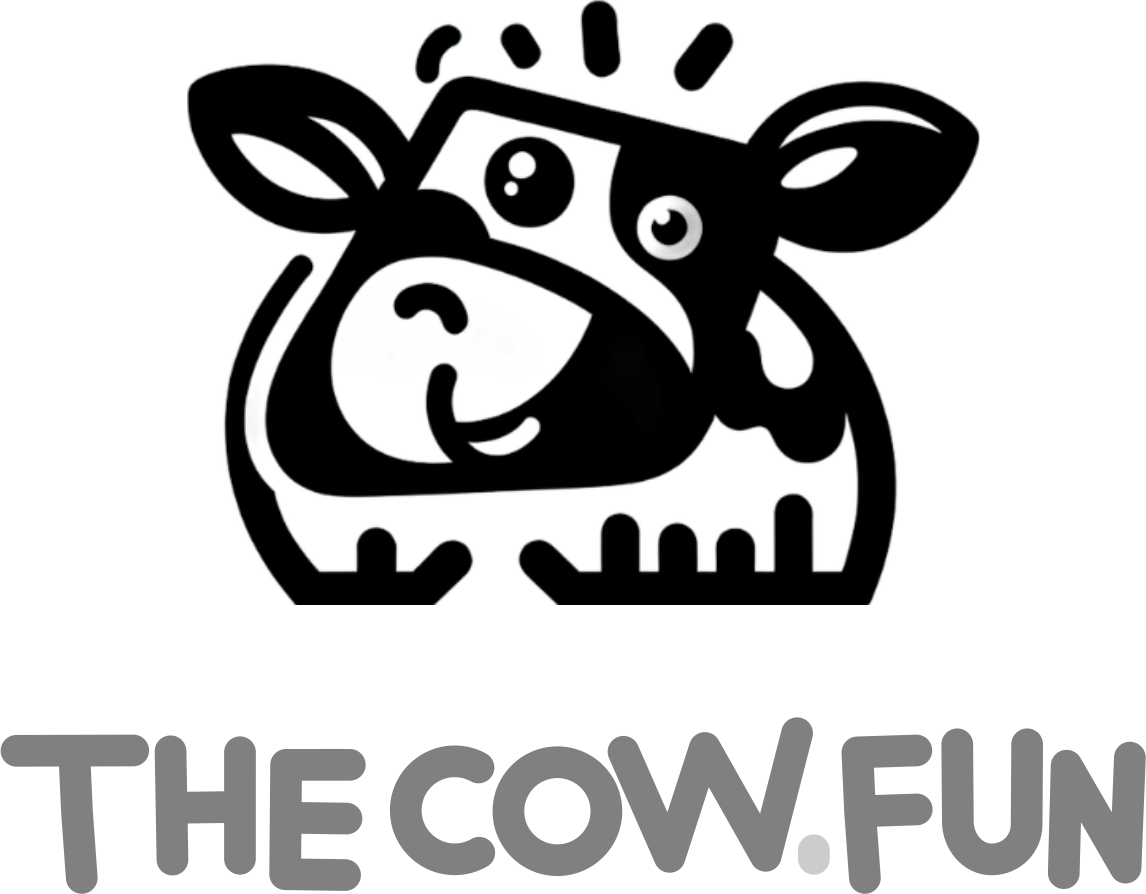Fluffy cows have become an internet sensation, captivating audiences with their adorable, shaggy appearances. However, they are not a specific breed but rather a result of meticulous grooming and care. Here’s a closer look at what makes these cows fluffy and some breeds associated with this phenomenon, some of them may be regular size and others are our beloved mini cows😍.
What Are Fluffy Cows?
Fluffy cows are typically well-groomed cattle that have been given special attention to their coats. This grooming includes regular washing, blow-drying, and brushing to enhance their fluffiness. Many of these cows are shown in competitions, where their appearance is crucial for judging, because let’s face it, who is going to resist the charm of a soft and huggable cow?
Breeds Associated with Fluffy Cows
While fluffy cows can come from various breeds, some are more commonly recognized for their shaggy coats:
- Highland Cattle: Known for their long, wavy hair and friendly temperament, Highland cattle are often the poster children for fluffy cows. They have a double coat that provides insulation against cold weather, making them particularly fluffy during winter months.
- Belted Galloway: This breed features a distinctive fluffy coat and a unique appearance with a white “belt” around its midsection. They are known for their hardiness and adaptability to different climates.
- Galloway Cattle: Similar to Belted Galloways, Galloway cattle are recognized for their shaggy coats, which help them thrive in colder environments. Their fluffy appearance adds to their charm.
- Yaks: Although not traditional cows, yaks possess a thick, shaggy coat that makes them appear fluffy. They are well-suited for high-altitude regions and have been domesticated for thousands of years.
Fluffy cows have had a significant impact on the livestock show industry, primarily because of the attention they generate at livestock shows and in the agricultural community in general. This phenomenon has increased visibility and public interest thanks to social networks, which has led more people to participate in fairs and exhibitions. Additionally, these cows represent the efforts of young people involved in educational programs, teaching valuable skills and fostering a new vision of the livestock industry.
